Summary
Throughout the production phase of this film, I have put a great deal of time and effort into my specific role as
Camera Evidence
Push-in Shot:
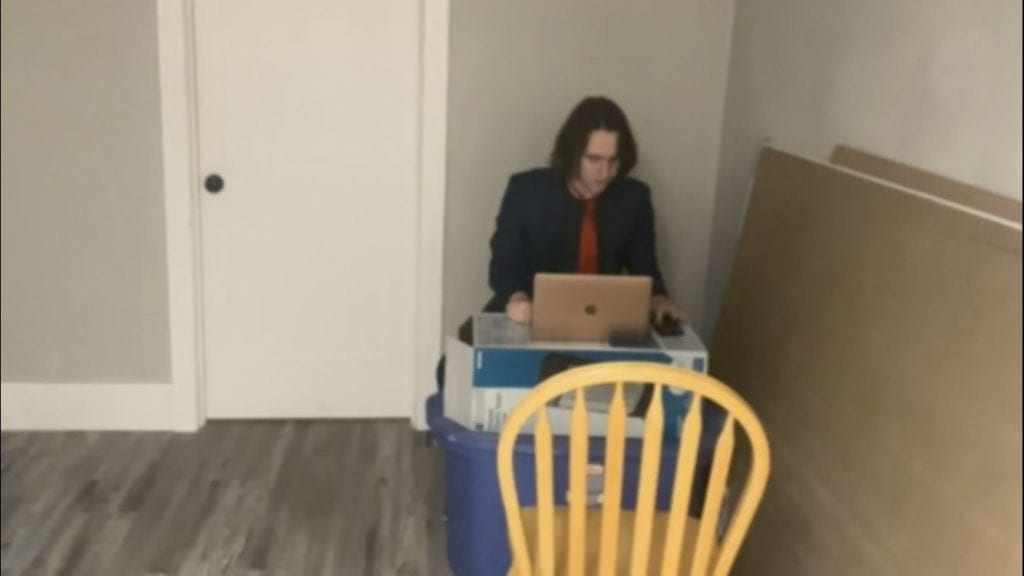
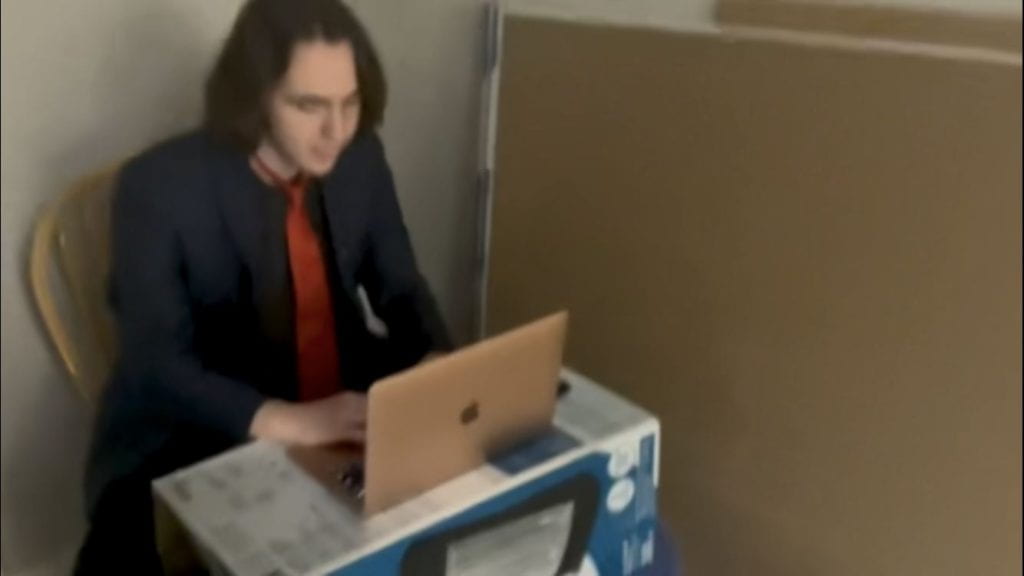
Varied Camera Angles


Shot Choice Justification
Throughout the film, camera angle and placement is used to signify the presence of a power dynamic between the boss and the applicant. In order to convey this, the camera angle was adjusted during the climax in order to portray the boss in a position of inherent visual power as the subject of the shot.
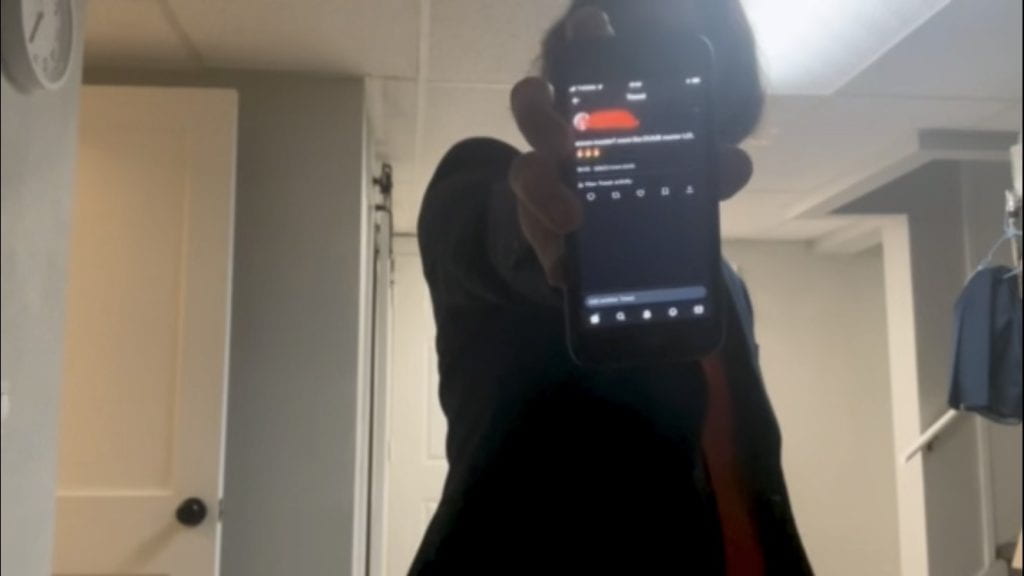
In the figure above, we can see that the camera is placed below eye level, facing slightly upwards toward the subject. This, combined with the bright lighting from behind conveys a sinister tone to the audience, communicating both the present power dynamic as well as the anger felt by the boss.
Lighting Design
During the production phase of the film, we decided to shoot in the very early evening in order to capitalize on the ambient lighting outdoors. The soft light paints the subject in a very positive manner, perfect for setting the opening tone of the film as pictured below.
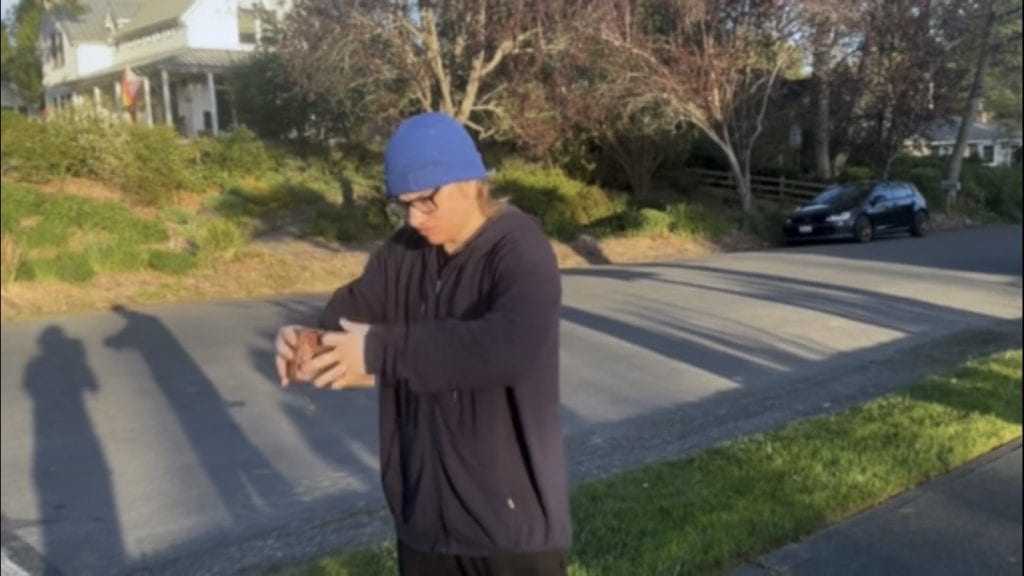
In addition, the natural lighting present at this time of day perfectly allows for the character to be framed in such a way as to emphasize their face and emotions. The light allows for the applicant’s turmoil at the prospect of being broke to be clearly illuminated on the screen.

Consultation with Editor
As our production time was cut significantly shorter due to IB testing, my editor and I collaborated after school on how we should make sure that important rules of film were followed and not ignored in the rush to finish filming. We also discussed how best to maximize the use of footage we had rather than having to re-shoot any scenes, as there simply was not enough time for revision.
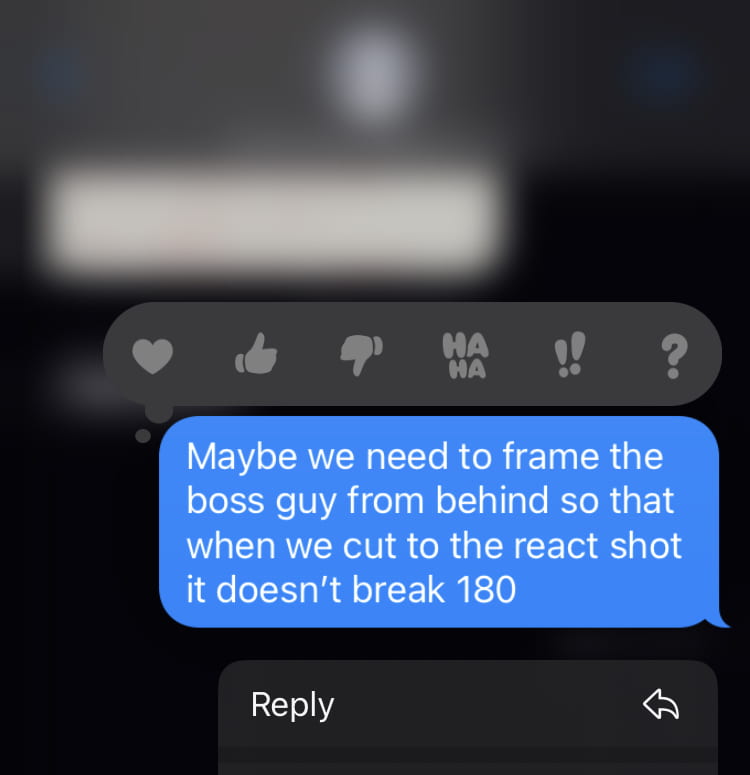
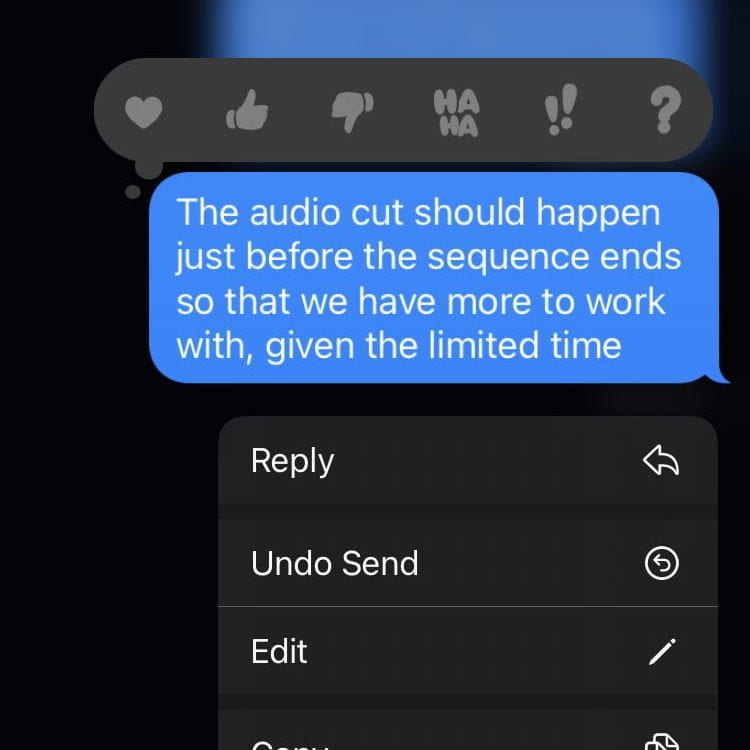
Alternative Shots

During the filming phase of production, there were certain scenes of the climactic exchange between the boss and the applicant that were not used in the original film. The shot pictured to the left is one such example, wherein the subject was not facing a direction that was consistent with the rest of the dialogue sequence and was subsequently cut.
Camera Work and Lighting Evaluation
To begin, it is important to preface that although the original creative intentions were met, the restrictive nature of the time allotted in comparison to our peers severely limited the range of film we were able to shoot. However, in terms of cinematography, I believe that the strongest point of the film was the different instances of camera movement. In the initial scene, the camera pans up from the ground, officially introducing the applicant as the main character and allowing a glimpse into their emotional state by pausing at eye level. In terms of camera positioning, the limitation of having only two people to act and film meant that shots with both characters in the scene presented a significant challenge. While I lament the inability to have full control of the camera placement, I believe that not being able to see that character’s heads in certain scenes ended up creating an unintended (yet welcome) creative effect. It allowed the audience to focus more on the body language of the characters and the deliberate work that went into characterizing them outside of the dialogue. The outside lighting lent itself greatly to the introduction of the film, setting an effective tone. Yet, the indoor lighting of the set was very limited in its effect and effectively washed out characters in certain scenes (only being useful in the heavy shadows that it cast).
Influences from Films
While brainstorming the film, it became apparent that our team wanted the confrontation between the two characters to be the visual climax of the story. We wanted to ensure that a clear dynamic was established both with the dialogue as well as how the characters were framed during the confrontation. Immediately, the cinematography of David Tattersall in “Star Wars: Revenge of the Sith” came to mind. During the climax of the film, we see two opposing characters exchange blows in a choreographed fight that ends in a very famous scene showcasing how the power dynamic has reversed throughout the course of the scene.

The clear establishment of this new power dynamic comes primarily from the cinematography of the scene, wherein the figure pictured above is shot from a lower angle, thus effectively conveying the impact of the scene without any dialogue. We attempted to replicate this effect in our film and found that the vertical positioning of the camera can drastically affect the way in which characters and scenes are perceived by the audience.
What I Learned and Problems I Solved
Throughout this production, I learned an incredible amount about how to prioritize my intentions over the overall final quality of the film itself. Instead of worrying about perfect set design and opportune locations, focusing on my specific intentions allowed me to create a product that showcases what I have learned throughout my career as a filmmaker. The most important thing I can do as a member of a film production team is to make sure that my individual efforts and intentions are present in the final product. After finishing production I can say that although this film may not be my strongest in terms of quality, it is still one of the best showcases of my technical skills.